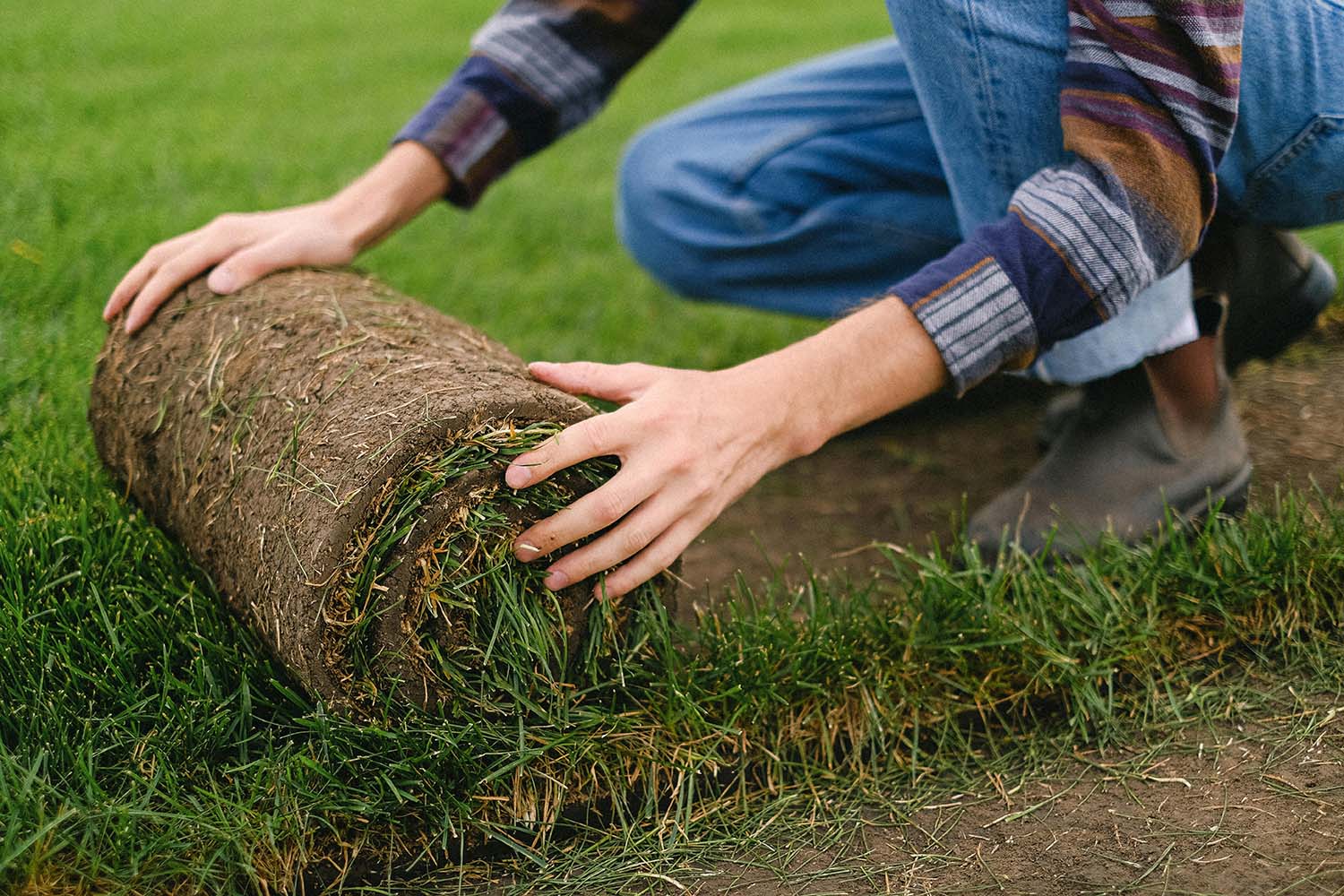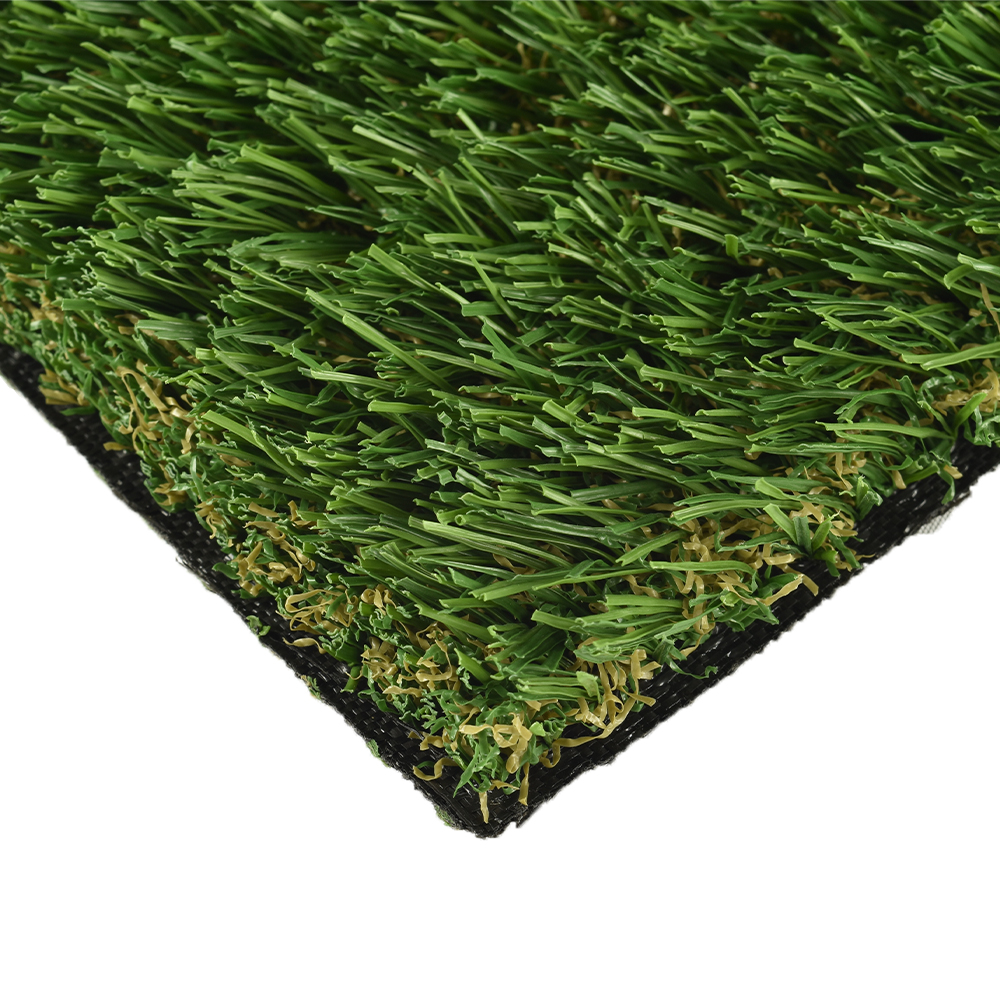Delve Into the Environmental Perks of Opting for Artificial Turf Solutions
The adoption of fabricated turf options presents an engaging chance to address pressing ecological challenges. By considerably lowering water usage and minimizing the application of unsafe chemicals, these options not only promote sustainable landscaping however additionally secure neighborhood ecosystems. In addition, the lower carbon footprint related to reduced maintenance activities adds to an extra lasting technique to land administration. Nevertheless, the implications of these benefits prolong beyond plain conservation efforts, increasing concerns concerning their long-lasting influence on habitat preservation and overall ecological equilibrium. Checking out these dimensions discloses a complex interaction worth thinking about.
Water Preservation Benefits
Among the most significant benefits of synthetic grass is its capacity to conserve water. Standard lawn yards need significant irrigation, specifically in areas prone to dry spell or water restrictions. On the other hand, fabricated lawn does not need watering, dramatically minimizing the overall demand for water resources. This feature is especially advantageous in deserts where water deficiency is a pressing problem.
By removing the need for normal watering, synthetic turf adds to sustainable landscape methods and helps reduce the ecological effect of extreme water usage. The conservation of water extends to the decrease of drainage, which can lead to dirt disintegration and river pollution.
Additionally, the setup of synthetic grass enables home owners and districts to designate water resources more efficiently, concentrating on crucial usages such as drinking water and agriculture. The change towards man-made grass not only promotes liable water usage but also aligns with broader ecological goals intended at protecting natural deposits.
As neighborhoods progressively focus on sustainability, the water preservation benefits of synthetic grass present a compelling case for its fostering in property and industrial landscape design projects.
Lowered Chemical Use
The change to synthetic grass significantly decreases the dependence on chemical therapies typically made use of in all-natural yard maintenance. Typical grass management generally involves the application of chemicals, herbicides, and fertilizers to promote growth and control bugs. These chemicals can posture dangers to human health and wellness, regional wildlife, and the setting, adding to dirt and water contamination.
In comparison, man-made turf removes the need for these damaging substances. By lessening the launch of artificial compounds into the ecological community, synthetic turf promotes healthier dirt and water systems.
In addition, the absence of chemical runoff linked with synthetic grass installations assists safeguard neighborhood rivers from air pollution, supporting marine life and keeping biodiversity. Turf installation phoenix az. As neighborhoods increasingly focus on lasting methods, choosing for synthetic grass offers a practical service that straightens with environmental preservation goals. Through this shift, residential property owners can delight in rich green rooms without jeopardizing environmental health, leading the way for a more lasting future
Reduced Carbon Footprint

Additionally, the setup of synthetic grass can result in considerable water conservation. Natural lawns call for significant quantities of water for Bonuses irrigation, which not just includes to the carbon impact connected with water extraction and treatment yet likewise stress local water sources. In comparison, synthetic grass needs very little upkeep, calling for no watering, thus dramatically minimizing water usage and its connected energy costs.
In addition, the long life of man-made turf adds to its lower carbon effect. With a life-span of approximately 15 years or even more, the requirement for frequent substitutes is diminished, leading to much less waste and reduced energy consumption in manufacturing and dealing with traditional turf choices. Generally, fabricated turf presents a sustainable alternative for eco conscious landscape design.
Environment Preservation
Environment preservation is an important factor to consider in the dispute over landscaping options, specifically when contrasting synthetic grass to all-natural grass. Natural turf yards usually need substantial maintenance, consisting of making use of plant foods, chemicals, and herbicides, which can detrimentally impact neighborhood environments. These chemicals can leach right into the soil and rivers, harming native flora and fauna and interrupting regional habitats.
In comparison, synthetic grass provides an opportunity to minimize the ecological footprint of landscape design. By choosing artificial grass, homeowners can decrease the interruption of natural environments connected with standard yard care practices. Artificial lawn eliminates the requirement for hazardous chemicals, thus protecting close-by wild animals and maintaining the stability visit this website of bordering ecosystems. The installation of artificial lawn can lead to the conversion of previous grass locations into even more biodiverse landscapes, such as pollinator gardens or native plant areas, which can support regional wild animals.
Eventually, the shift to synthetic grass not just conserves water and decreases maintenance efforts but also fosters an extra harmonious relationship between human tasks and the natural atmosphere, advertising environment conservation in the process.
Long-Term Sustainability
Long-lasting sustainability is an important consider examining the advantages of fabricated turf over standard grass lawns. Among the most considerable advantages of synthetic grass is its longevity; it can last as much as 15-20 years with marginal maintenance, whereas natural yard needs regular reseeding and replacement. This longevity lowers the need for consistent resources, such as water, plant foods, and chemicals, which are crucial for keeping a healthy grass lawn.
Furthermore, fabricated turf adds to a decrease in carbon exhausts associated with grass treatment equipment. Conventional grass frequently need gas-powered mowers, leaners, and blowers, all of which add to air contamination. Arizona turf. On the other hand, synthetic grass gets rid of the requirement for such tools, promoting a cleaner environment
Moreover, the manufacturing of synthetic grass significantly utilizes recycled materials, enhancing its sustainability account. As suppliers take on environmentally friendly methods, the ecological footprint of fabricated turf remains to decrease.

Final Thought
The fostering of synthetic lawn remedies offers substantial ecological benefits, consisting of significant water preservation, lowered dependence on hazardous chemicals, and a lower carbon footprint. Synthetic turf aids in protecting natural habitats by decreasing land disruption and advertising long-term sustainability with the use of durable products. Jointly, these factors emphasize the capacity of synthetic grass to contribute favorably to environmental health and supply a practical alternative to traditional landscape design methods in a significantly resource-conscious world.
In contrast, fabricated grass does not need watering, dramatically lowering the general demand for water sources. By minimizing the release of synthetic compounds right into the environment, man-made grass promotes much healthier soil and water systems.
In addition, the installation of fabricated turf can result in significant water conservation. In comparison, synthetic grass needs marginal maintenance, needing no watering, consequently significantly lowering water use and its connected power expenses.
